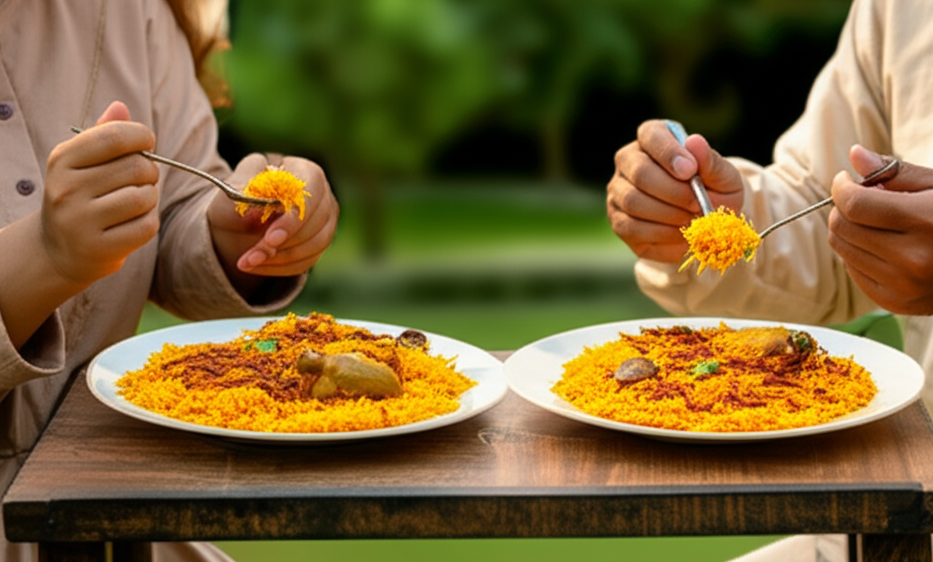
At Zam Zam Biryani, our journey of serving authentic, flavorful biryani is reaching new horizons. We are excited to announce the opening of our restaurant chains in Indonesia 🇮🇩, bringing the same rich taste, traditional recipes, and warm hospitality that our customers love. With this expansion, we aim to share our passion for great food with even more people, creating a home for biryani lovers across borders.
From royal kitchens 🍲 to street corners, biryani has travelled centuries and continents to become Pakistan’s most beloved dish. Each grain of rice carries stories of emperors, exiles, and culinary innovation.
The Mughals 🕌 brought this tradition to SubContinent in the 16th century, where it blossomed into countless regional variations.
From North to South, every region made biryani its own. Today, it is celebrated everywhere—from street stalls to five-star hotels, from family dinners to grand weddings. Each plate tells a story of migration, adaptation, and love for food.
For many, biryani 🍲 is not just a meal but an emotion—a connection to heritage, memory, and community.
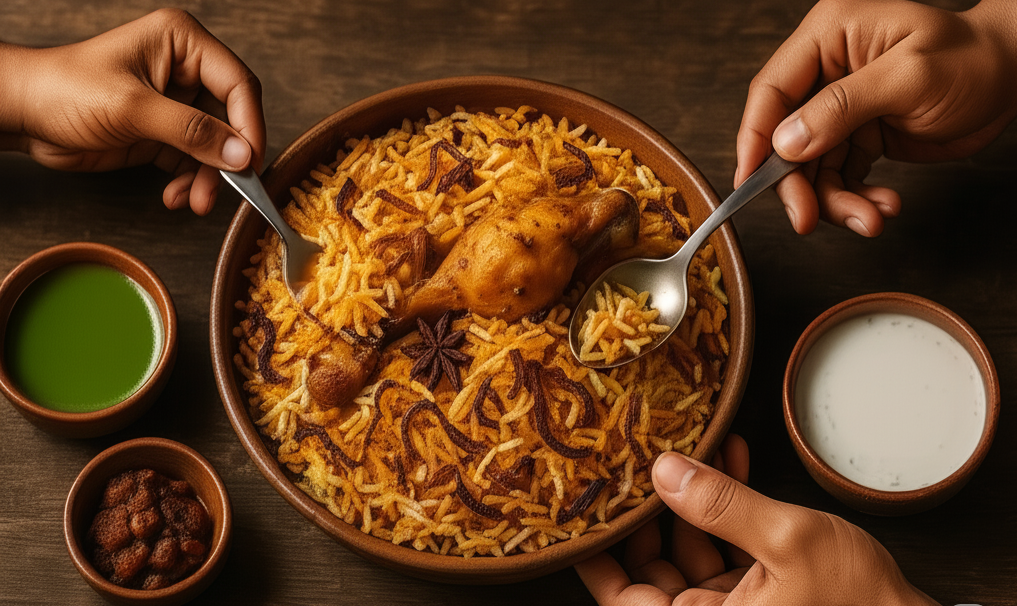
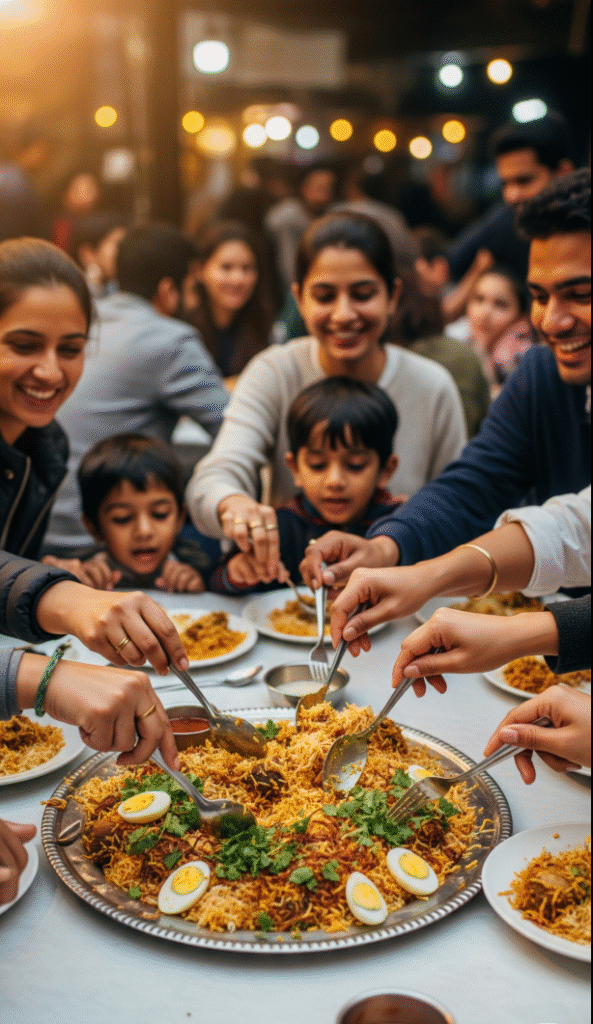

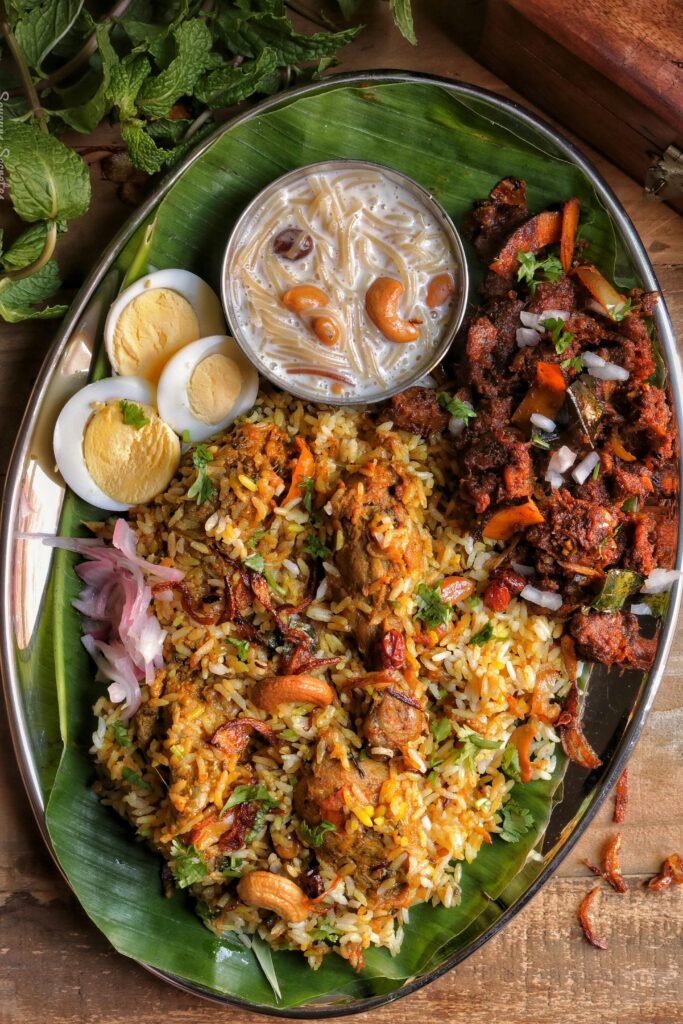
The Mughal Touch: Birth of PAKISTANI 🇵🇰Biryani
In 🇵🇰 Pakistan, biryani found the perfect home to evolve into a national treasure. From the bustling streets of Karachi to the vibrant food culture of Lahore and Hyderabad, each region shaped its own unique style. Rice was perfumed with saffron, meats marinated in yogurt and bold spices, and slow-cooked to lock in the rich, layered flavors. Over time, these traditions became more than just recipes—they became symbols of Pakistani identity, pride, and heritage.
Two major styles emerged during this time:
Kacchi Biryani (raw cooking) – raw marinated meat and partially cooked rice were layered together and cooked in a sealed pot (dum).
Pakki Biryani (cooked cooking) – meat and rice were cooked separately, then layered and finished together.
From these royal kitchens, biryani spread to different regions of 🇵🇰 Pakistan, adapting to local tastes, ingredients, and even climates.
When the Mughal empire’s influence spread, biryani traveled with it, embedding itself into the culture of different regions—including the lands that today form Pakistan.
Regional Journeys: Biryani Across Pakistan
🍲 Karachi Biryani
Often considered the crown jewel of Pakistani biryani, Karachi biryani is fiery, bold, and ***bursting with flavors***. Unlike its subtler Mughal ancestors, it is famous for its red chili heat, *tangy yogurt-based masalas*, and layers of ***fragrant basmati rice***.
Street vendors and home kitchens alike serve it with ***chicken, mutton, or beef*** — often garnished with fried potatoes and *boiled eggs*. It’s not just a dish—it’s Karachi’s identity.
🍲 Sindhi Biryani
Sindhi biryani is known for its ***deep spice mix***, *sourness from yogurt* and ***dried plums (aloo bukhara)***, and fresh herbs like mint and coriander. The aroma of ***green chilies*** and *kewra water* makes it stand apart.
Where Karachi biryani is about ***spice and fire***, Sindhi biryani is about ***fragrance and tang***.
🍲 Punjabi Biryani
In Punjab, biryani took on a hearty, robust character. With Punjab’s love for ***bold flavors***, Punjabi biryani often includes thick gravies, ***generous spices***, and sometimes even a smoky finish (*dhungar method*) where ***hot coal*** infuses aroma.
🍲 Other Pakistani Variations
- Lahori Biryani – rich with ***saffron***, slightly less spicy.
- Memoni Biryani – ***very spicy***, *drier, less oily,* yet ***intensely flavorful***.
- Pakistani Chicken Biryani – a modern urban favorite, ***quick and delicious***.
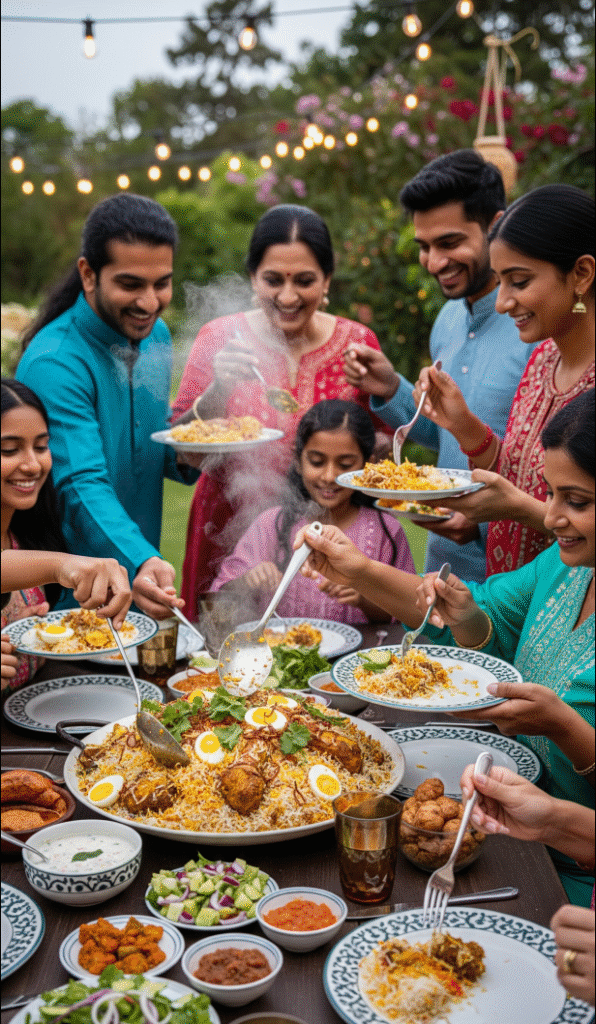
How It’s Going: Biryani in the 21st Century
Today, biryani is one of the most ordered dishes on food apps across South Asia. In Pakistani, reports show it’s the most popular dish ordered online, beating even pizza. Startups and cloud kitchens are built entirely around biryani delivery, with chains like “Behrouz Biryani” and “Biryani by Kilo” turning it into a modern business model.
Yet despite commercialization, biryani remains deeply personal. Every household claims a “best recipe,” passed down through mothers and grandmothers. Weddings are incomplete without giant degchis (pots) of biryani, and family gatherings often center around its aroma filling the home.
Social media, too, has given biryani new life—YouTube chefs, Instagram reels, and TikTok foodies show off regional twists, garnishing it with storytelling. What was once a royal dish has now become comfort food for the masses, accessible and adaptable.
Why Biryani Endures
Biryani thrives because it balances contrast—delicate rice with hearty meat, strong spices with subtle aromatics, richness with lightness. It’s communal by nature, cooked in large pots and meant to be shared. And above all, it is endlessly versatile: vegetarian biryani with paneer and vegetables, seafood biryani along coastal belts, even fusion biryanis with pasta or quinoa in health-conscious kitchens.
